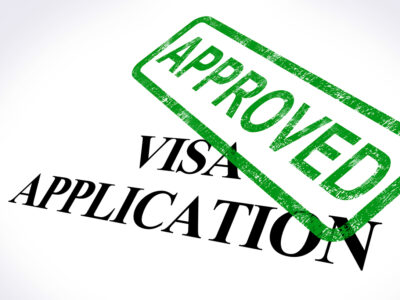If you drive a forklift in a California warehouse or distribution center, you may not realize the hazards associated with forklift operations. Your employer should have provided you with comprehensive training for operating a forklift safely, and no employee should operate such a dangerous piece of equipment without proper instruction on its uses and risks.
Nevertheless, the Occupational Safety and Health Administration estimates that almost 100,000 workers suffer injuries resulting from forklift accidents each year. OSHA has established guidelines for the safe use of these machines, and violations of those rules can result in severe penalties. However, more importantly, such violations can place you and your co-workers in grave danger.
A helpful machine with inherent risks
You may not realize it, but a forklift weighs about three times the weight of the average car. Like any heavy vehicle, it requires considerably more stopping distance and has the potential for creating substantially greater damage to anything or anyone in its way, even though forklifts only move about 20 mph. The most common injuries related to forklift use include the following:
- Fall injuries from standing on forks at an elevation, failing to wear a seat belt or riding on the outside of a moving forklift
- Crushing injuries when a forklift backs up onto or runs over a worker
- Hit-by injuries when a worker steps into the forklift’s path or when objects fall from high levels after a forklift collides with shelving units
- Tip-overs when you try to lift or move loads that are too heavy, stop or start too suddenly, or round corners without slowing down
An unbalanced load can also fall back onto the forklift causing you injury if you are in the operator’s seat. It is important that you have training to learn how to keep your load low and balanced, especially when driving up or down inclines, around corners or when the conditions are slick.
Proper training will also inform you how to do a thorough inspection of your forklift before you begin your shift, including your tires, seat belts, lights and horn. These safety features and others will not only help keep you safe as you operate the forklift, but they will allow you to keep your co-workers safe too. Understanding the capabilities and limitations of your equipment is essential to safe operations that will improve the chances that you will avoid a serious or life-threatening injury.



